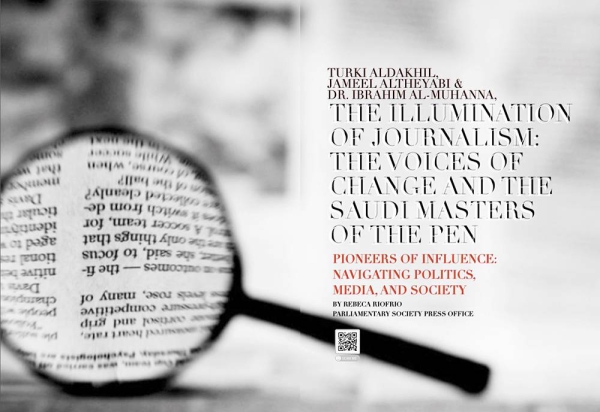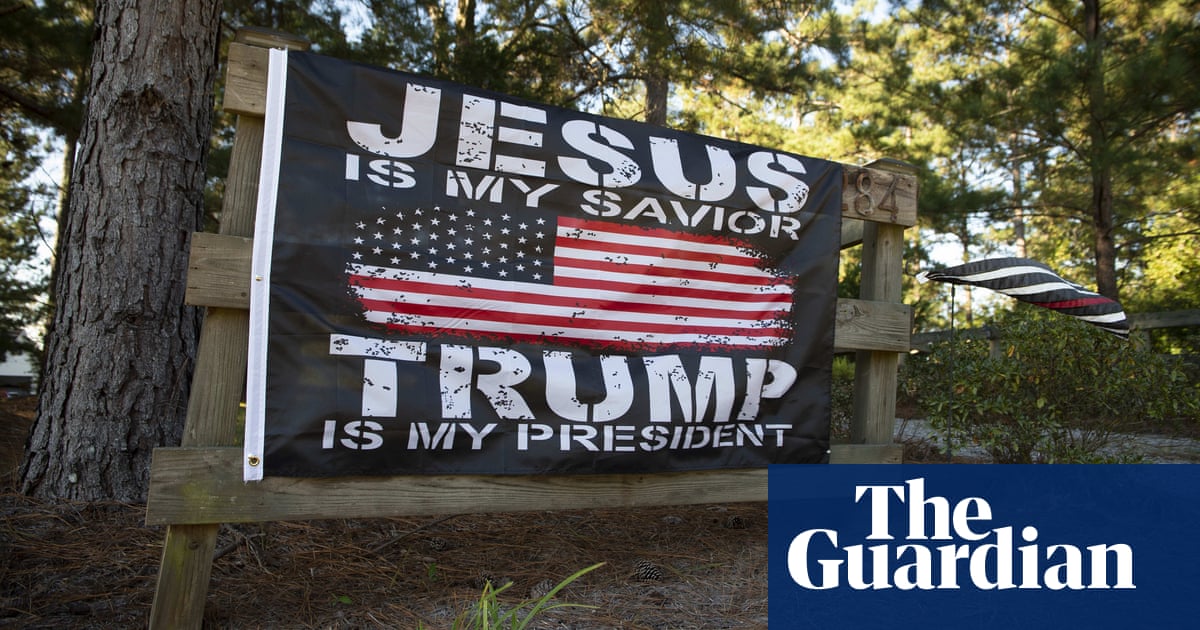
There are moments in our high-speed, tweet-stormed, information-overload world that cause us to collectively pause for a moment, astonished and shaken, words temporarily failing us.
The photo of Aylan Kurdi, the three-year-old Syrian boy whose body washed ashore on a beach in Turkey in 2015, was one such instant. If ever there was a collective global moment of anguish, it would be that day in September when the world learned that the child’s life had ended so tragically in Mediterranean waters.
The photo went viral, appearing on the front pages of newspapers and lead stories of television news broadcasts, while also circulating widely on social media. In the rush to declare him a symbol, a metaphor, a reflection of the tragedy of Syria, it is worth remembering that he was just a boy, likely frightened and anxious as he followed his parents onto a rickety boat.
The photograph might be one of the defining images of our decade. It was inevitable that he would become a symbol, and doubly tragic for his family that they would see their little boy’s death repeated on a seemingly never-ending media and social media loop.
Had Aylan Kurdi made it to safety, he would have joined the 6.7 million registered Syrian refugees worldwide. Only Afghanistan comes close in terms of global refugee numbers, with 2.7 million.
The UN High Commissioner for Refugees, Filippo Grandi, was correct to describe the past 10 years as “a decade of displacement.” There are now nearly 71 million people forcibly displaced by war, conflict or persecution. Of those, about 41 million are internally displaced within their own countries, and 26 million are refugees in foreign lands.
The Syrian civil war and relentless bombing campaigns by the regime of Bashar Assad, coupled with the rise of Daesh in some parts of the country and Assad-backed militias in other, has terrorized Syrians, creating one of the largest flows of refugees in human history.
The UNHCR notes that about 70 percent of Syrian refugees live in poverty, and access even to basic services remains uneven. Young females face a myriad of threats, including sexual violence, forced early marriage and other forms of exploitation, while school-age boys and girls are falling behind in basic education despite the heroic efforts, which often go unacknowledged, of non-governmental organizations in countries such as Turkey, Jordan and Lebanon.
Turkey hosts the largest number of Syrian refugees, about 3.7 million. Lebanon and Jordan host smaller numbers, about 900,000 and 600,000 respectively, but they comprise much larger percentages of the small populations of those nations, which is taxing their resources. Additionally, Jordan and Lebanon host hundreds of thousands of Syrians who have not been officially declared refugees.
While there is much talk in Western nations of Middle Eastern refugees pouring into their cities, the heaviest flow has been to the three aforementioned countries, plus smaller numbers in Egypt and Iraq.
These are hardly countries with strong track records of providing for their own people. Turkey and Jordan face rates of youth unemployment that stand at 27 percent and 40 percent respectively, while Lebanon’s economy is cracking under the weight of mismanagement, corruption and heavy debt loads. According to the UN, one out of three people in Lebanon lives in poverty.
All of this suggests “the decade of displacement” is far from over. Other children will, sadly, suffer a similar fate to Aylan Kurdi, and more tragic photos will go viral.
It has become a cliche for opinion writers, when confronted with such unspeakable tragedy, to issue calls for “the international community” to “do something,” do anything, to help end the Syrian civil war. I will instead end with the words of one of the most distinctive and powerful voices of the Syrian rebellion: Activist, journalist and freedom fighter Kassem Eid.
In his remarkable book “My Country: A Syrian Memoir,” he writes of a chemical attack he experienced: “My eyes were burning, my head was throbbing and my throat was rasping for air. I was suffocating...the world began to blur.”
After seeing unspeakable pain, showing remarkable courage in the face of the onslaught by the Assad regime, and bearing witness as a blogger, human-rights activist and journalist to the experiences of millions, Eid simply had enough. He ends his book with this simple sentence: “I found my way to Germany, where I applied for political asylum as a Syrian refugee in May 2016.”
He now lives a similar life to that of many refugees who have fled violence and war. His words are universal when he writes: “The joyful laughter of my friends still rings in my ears like ancient love songs, jolting me awake at night and stopping me dead in the middle of the day.”
We are fortunate Eid lived to tell the story, and we should continue to listen to his and other voices of Syrian refugees, after ignoring their screams for so many years.
Afshin Molavi is a senior fellow at the Foreign Policy Institute of the Johns Hopkins University School of Advanced International Studies, and editor and founder of the New Silk Road Monitor.Twitter: @afshinmolavi
Disclaimer: Views expressed by writers in this section are their own and do not necessarily reflect Arab News" point-of-view











